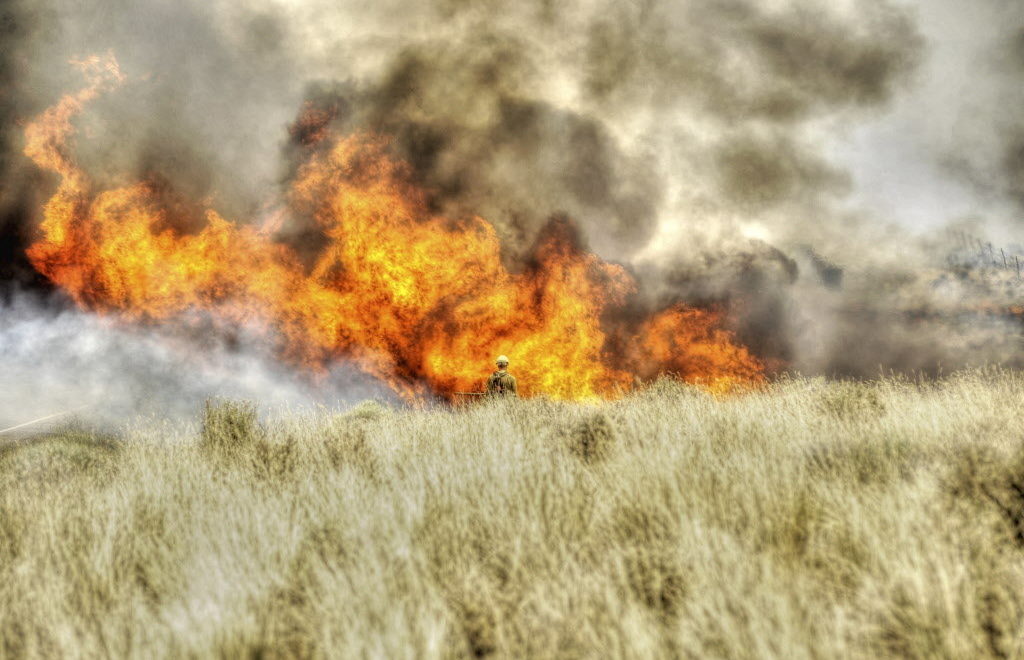This research suggests that widespread environmental change within sagebrush ecosystems, especially the fire-cheatgrass cycle (e.g., invasion of cheatgrass and increased fire frequency) and human land disturbances, are directly and indirectly influencing ground squirrels and badgers.
Image Source: Oregon Live

